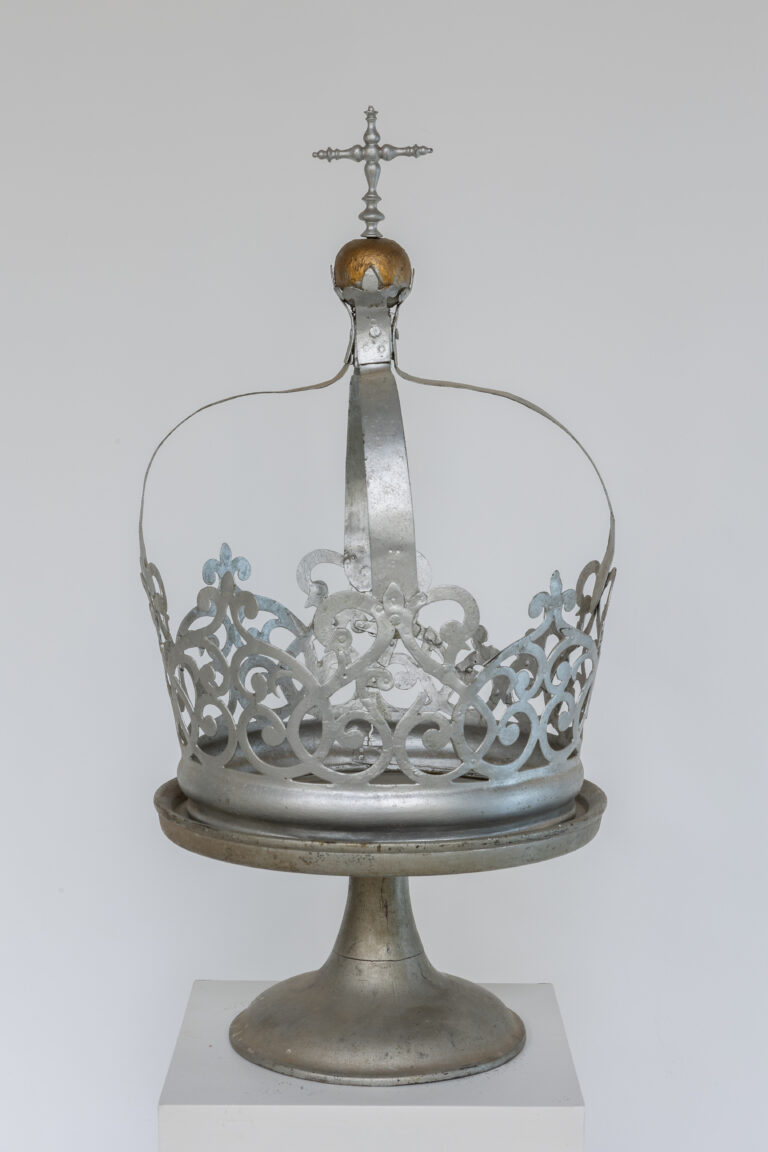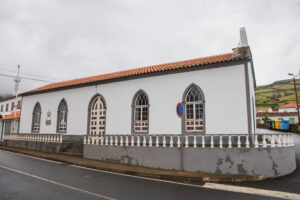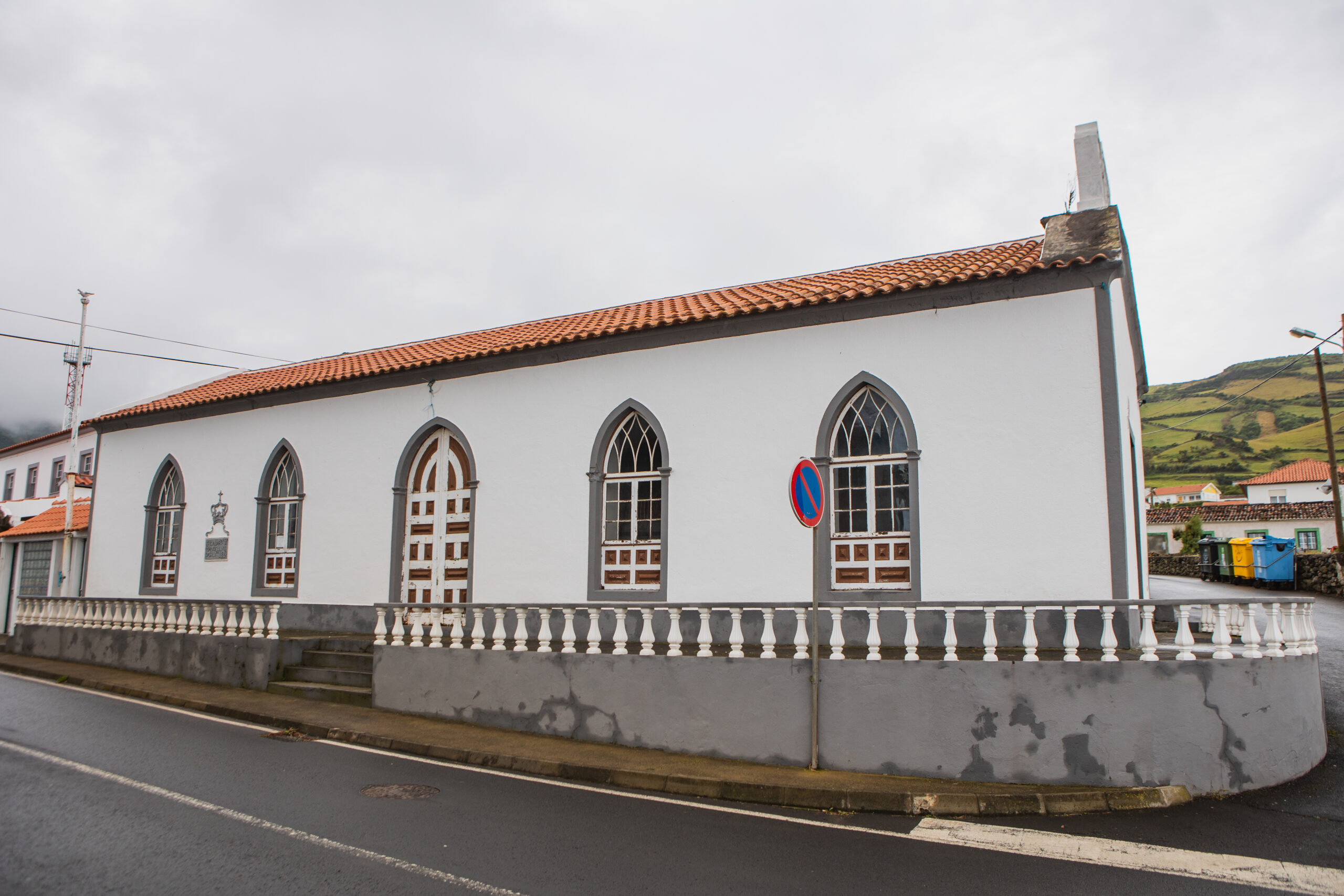
Under the Influence of the Holy Spirit
The development of the cult of the Holy Spirit is linked to Joaquim de Fiore, an Italian abbot, born in the 12th century, who believed in a new appearance of the Holy Spirit, which would give rise to the Age of the Spirit.
- Santa Cruz e Lajes
- 2 days
- Recommended months to visit January - December
- Some locations are subject to opening hours
- Low difficulty level
Historical context
Influenced by Spanish traditions in honor of the Divine Holy Spirit, Queen Saint Isabel, of Aragon, when coming to Portugal to marry King D. Dinis, established, in 1296 in the municipality of Alenquer, the Brotherhood of the Holy Spirit. At that time, the celebration was held in the royal chapel, which all the poor were invited to attend. The bishop placed the royal crown on the heads of these people, thus proceeding with the coronation in praise of the Holy Spirit.
Then, a royal banquet was held, the king and queen’s desire to serve the most disadvantaged, the so-called “Bodo of the poor” / “Bodo dos Pobres”. Later, in 1432, the settlement of the Azores began. Through the action of the Franciscan friars who were responsible for establishing the Catholic religion in the region and who brought with them the ideals of Fiore, the tradition of worshiping the Holy Spirit expanded and, even today, remains very much alive, even in communities of Azorean emigrants.
Traditions of worship of the Holy Spirit take place in the months of May and June, on the two Sundays known as the "Domingos de Bodo", more precisely, Pentecost Sunday and Trinity Sunday
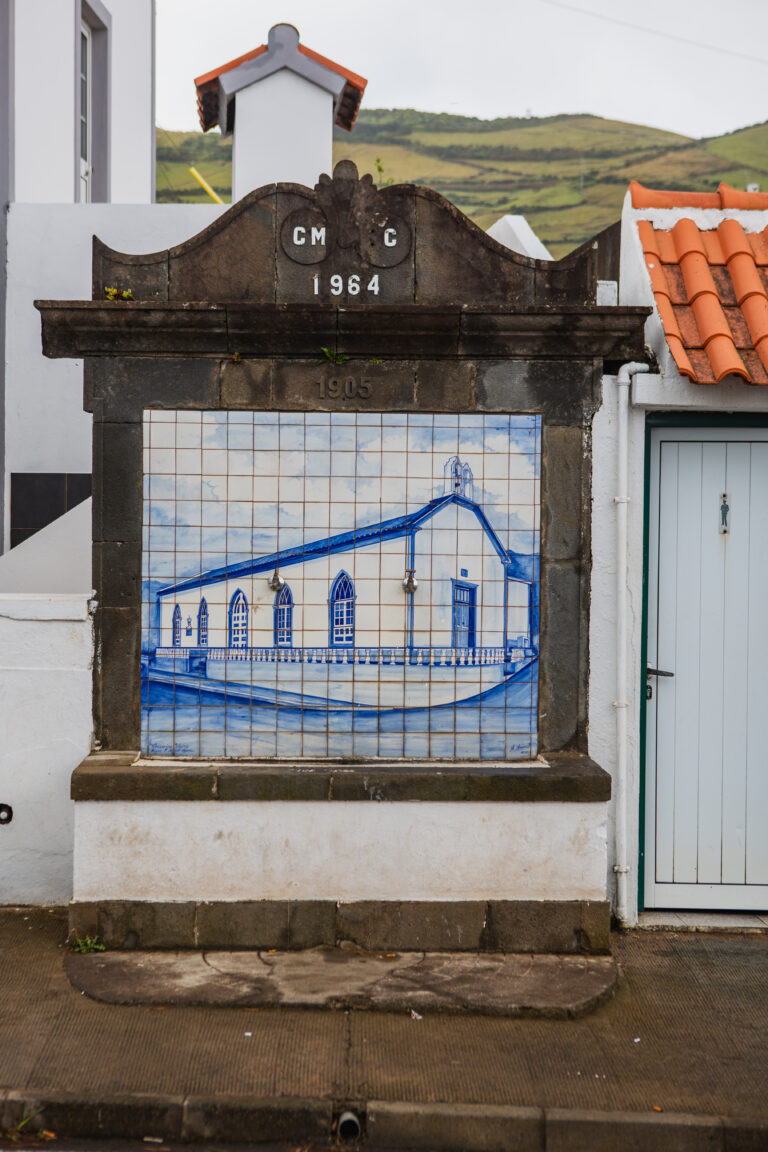
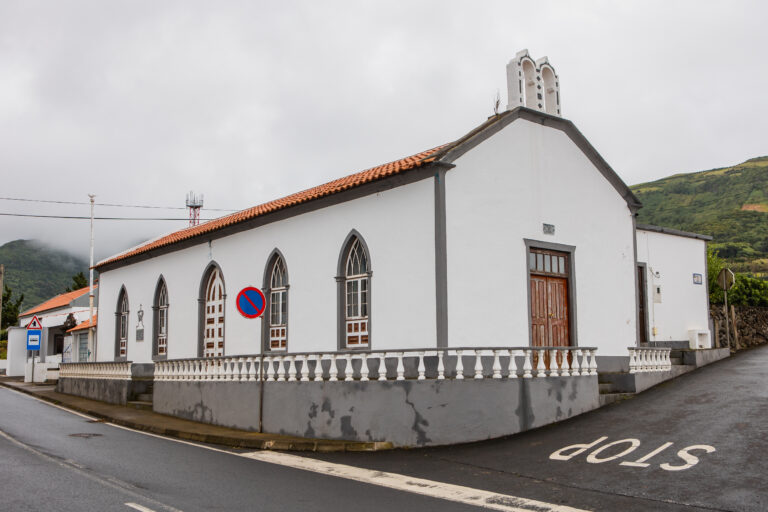
Casas do Espírito Santo
The House of the Holy Spirit in Flores and Corvo are different from those on other islands. As if wanting to blur it with the community and bring it closer together, the people created structures almost identical to the other buildings, unlike other islands where the chapel model was more followed. It is as if it were just another house where God lives, under the invocation of the Paraclete, alongside other people and in close proximity.
Coronation of the Holy Spirit
Although there are times when the Festival goes to the Church, such as the Coronation, the festivities of the Império take place, as a rule, outside the temples, based on the place where the crown is located, in the Império or buttler’s house.
On Sunday morning, the procession takes place, which leaves the house of the Emperor or the Império with all the insignia of worship (the crown, the scepter, the salver, rods and flags), to the Church, where the celebration takes place. When the celebration ends, a new procession begins to the place where the lunch takes place, or to the Império.
Visit the Fábrica do Boqueirão and enjoy the work of art "A Festa" in miniature
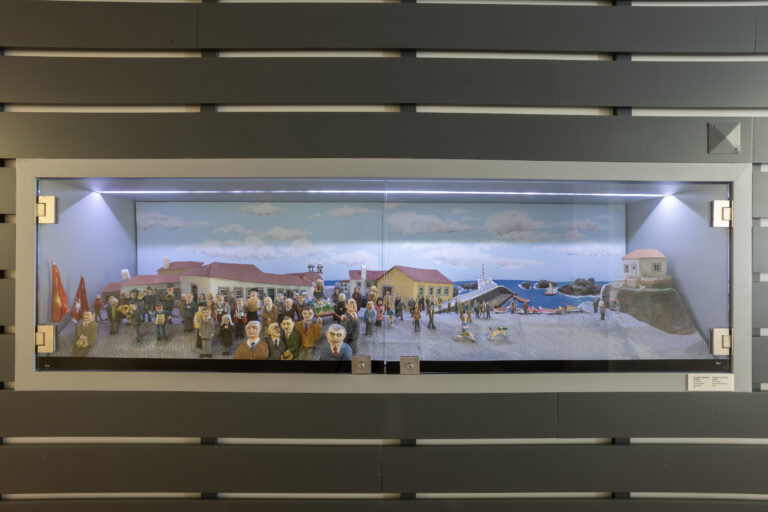
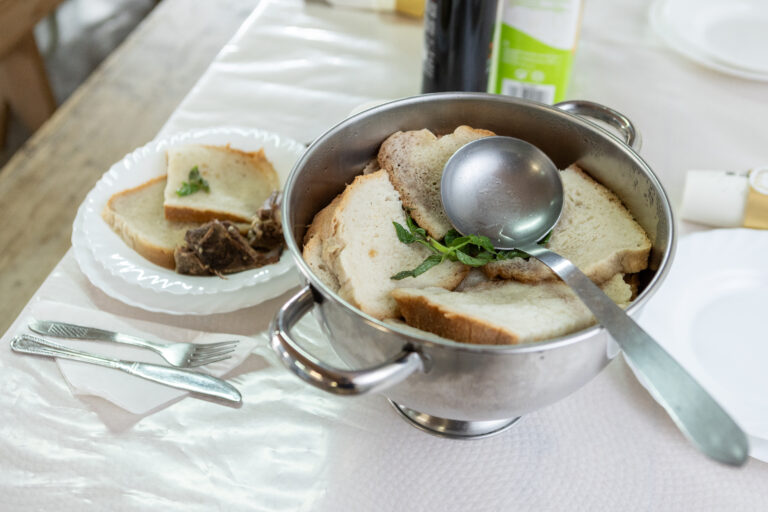
Sopas e Carne Assada
Soups and Roast Meat are, along with boiled meat and rice pudding, typical dishes from the time of the Holy Spirit. In Flores, the process is designed to delight the palate. The meat is placed in vinha d’alhos, which contains garlic, cumin, Jamaican pepper, Azorean chilli pepper, wine and water. It gets seared in lard before passing it to the pan where it is roasted in lard with previously browned onions. The soups are made with beef; they can include a piece of raw, non-smoked pork belly, a packet of butter – something that is falling into disuse – and cabbages. They are seasoned with onion, garlic, and cumin, both in powder and grain, all put together inside a cloth bag so that traces do not contaminate the broth. The broth is repeatedly tasted, and salt is added as necessary. The bread is made of wheat, as expected.
As locals will tell you, the flavour will be different if these dishes are consumed outside of the Holy Spirit period, but it is worth trying at a restaurant or place that serves them
Tinplate crown
Tin or tinplate Crowns are a shared memory found on almost all islands. They were the first to be used by many communities until this was prohibited by the Church, taking into account the non-noble material. In some cases, they were piously kept by devotees who preferred to keep them, even though they knew they were no longer revered. In other cases, they were lost. The object was lost, but not the memory, and now, in museums or
other collections, they are seeing the light of day again, remembering the first times of worship, as is the case with this Crown in Santa Cruz das Flores.
Visit this crown at the Santa Cruz Museum
